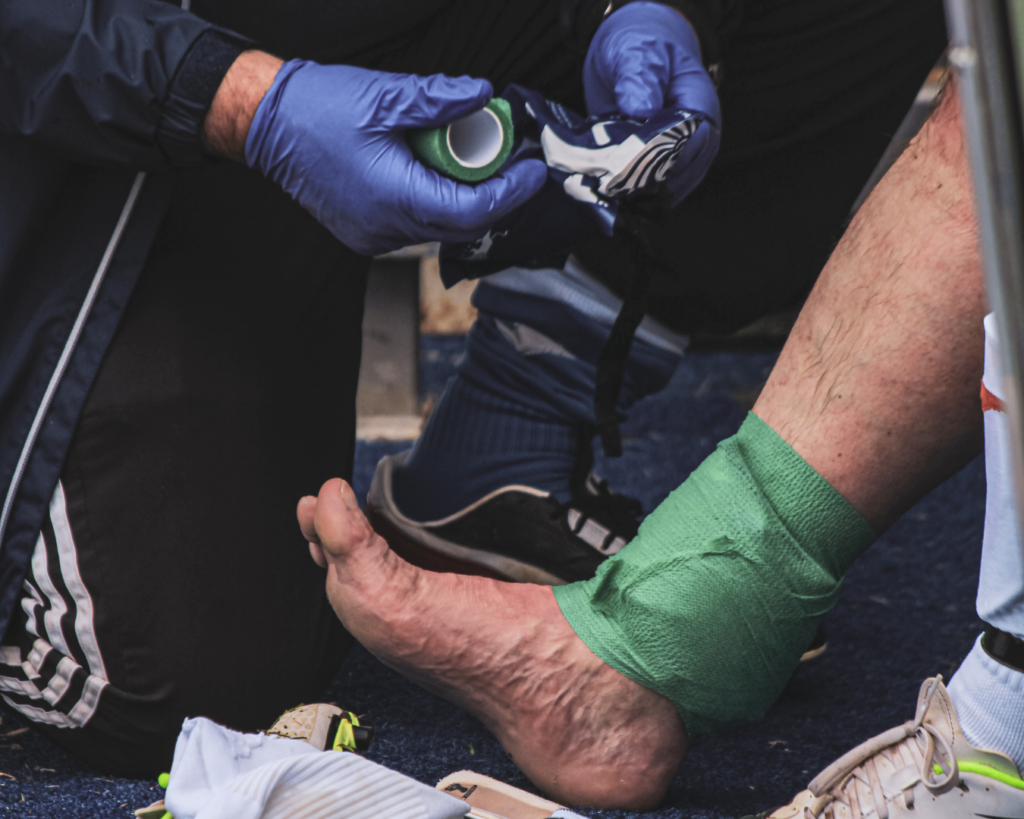Physiotherapy has become a key part of football at every level, but its importance in grassroots development often goes unnoticed. To understand how physiotherapy shapes young athletes, we spoke with Anoop Aaron Moraes, the youth physiotherapist at Sporting Clube de Goa, where he works closely with the U14, U16, U18, and U20 squads to support their development, performance, and long-term health.
Q. How important is physiotherapy in grassroots football, especially when working with developing players?
Anoop– Physiotherapy plays an important role in grassroots football since it lays the foundation for healthy physical development. It’s about teaching players how to take care of their bodies early on. Since they’re still growing, proper guidance not only reduces the risk of injuries but also helps build longevity in the sport.
Q. What are some of the common physical challenges you see among younger squads (U14–U16) compared to elite groups the development team (U18–U20)?
Anoop- The U14–U16 players are full of energy and want to play constantly, often ignoring fatigue or minor aches. This makes them more prone to overuse injuries.
With the U18–U20 squads, the players are closer to full physical maturity, but training intensity and match loads are much higher. Muscular strains, joint stress, and sprains are common. The love for the game is still there at this stage, but ignoring the body’s limits can have bigger consequences for performance and longevity.
Q. How do you tailor your approach when working with players at different stages of growth and physical maturity?
Anoop- For the younger players, the main focus is on natural growth, rest, and basic habits like sleep, nutrition, and hydration. For the more mature group, these same principles carry forward, but with the addition of active recovery and individual load monitoring.
Q. In what ways does physiotherapy support both performance and injury prevention for young athletes?
Anoop- It helps athletes improve strength, flexibility, balance, and power, which in turn enhances performance. At the same time, physiotherapy identifies potential risk factors and addresses them early, ensuring players can compete consistently.
Q. What kind of role does recovery play in your physiotherapy plan for youth squads?
Anoop- Recovery helps prevent injuries, allows growth, and ensures players are ready for training sessions. It mainly includes active rest, proper warm-ups and cool-downs, mobility work, and education on sleep, nutrition, and hydration.
Q. Are there specific practices you recommend for the younger groups versus the older, elite groups?
Anoop- For younger groups, the emphasis is on building a strong base: mobility, balance, flexibility, and proper techniques. For older groups, the focus shifts to maximizing performance and minimizing injury risk. This includes sport-specific conditioning to improve speed, agility, endurance, strength, and balance, along with structured recovery strategies and injury-prevention programs.
Q. How do you work with coaches and support staff to integrate physio into a player’s overall development?
Anoop- I communicate with coaches about each player’s physical status, recovery needs, and injury risk. Based on that, the individual training load is adjusted.
Q. What methods do you use to identify early signs of overtraining or potential injuries in young players?
Anoop- Players are monitored during training for signs of fatigue, discomfort, or changes in movement patterns. Coaches also provide feedback if they notice a dip in performance or sharpness. Additionally, players are encouraged to openly report any issues and no matter how small, so problems can be addressed before they escalate.
Q. Beyond treatment, how do you educate players on long-term habits like posture, hydration, sleep, and nutrition?
Anoop- Mostly through discussions about their habits and ways to improve problem areas. I also demonstrate exercises they can do independently, emphasising that what they do outside training hours is just as important for their long-term performance.
Q. In your view, how does physiotherapy contribute to shaping resilient, well-rounded footballers from grassroots to elite levels?
Anoop- Physiotherapy gives players early knowledge of their bodies, habits that reduce injury risk, and tools to improve performance. This foundation helps them sustain performance, adapt to physical demands, and recover effectively throughout their careers. It builds athletes who are not only skilled but also durable and mindful of their health.
Q. Anything you’d like to add about the evolving role of physio in youth development?
Anoop- Physiotherapy today goes beyond injury treatment:- it’s an integral part of player development. It teaches young athletes to be more aware of their health, reduces injuries in the long run, and encourages healthier habits both on and off the pitch.
Physiotherapy treats injuries while helping young athletes care for their bodies, prevent setbacks, and maintain healthy habits during practice and beyond. Starting early gives them the foundation to stay strong, aware, and ready for the game.
Investing in physiotherapy at the grassroots level lays the groundwork for healthier, more resilient players. By combining injury prevention, performance support, and education on long-term habits, it equips young athletes with the tools they need to grow, adapt, and thrive in daily life besides playing the sport. It’s an essential step in shaping skilled, mindful, and enduring footballers.


